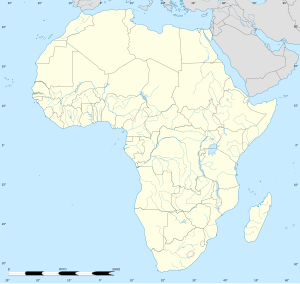
Back معركة بحيرة تنجانيقا Arabic Batalla del llac Tanganyika Catalan Ναυμαχία για τη Λίμνη Τανγκανίκα Greek Batalla del lago Tanganica Spanish Bataille du lac Tanganyika French קרב אגם טנגניקה HE
| Battle for Lake Tanganyika | |||||||
|---|---|---|---|---|---|---|---|
| Part of the East African Campaign of the First World War | |||||||
 Lake Tanganyika in 1914, contested by Britain, Belgium and Germany | |||||||
| |||||||
| Belligerents | |||||||
| Commanders and leaders | |||||||
|
|
| ||||||
| Strength | |||||||
|
British: 2 steamers 3 armed boats Belgian: 1 steamer 1 armed boat 1 armed barge 1 whaler 4 aircraft unknown shore batteries |
2 steamers 1 ferry unknown dhows 1 fort unknown shore batteries | ||||||
| Casualties and losses | |||||||
|
British: No human losses 1 armed boat damaged Belgian: 1 steamer sunk |
~12 killed 2 wounded 32 captured 1 steamer sunk 1 ferry scuttled 1 steamer captured | ||||||
| |||||||
Location within Tanzania | |||||||
The Battle for Lake Tanganyika was a series of naval engagements that took place between elements of the Royal Navy, Force Publique and the Kaiserliche Marine between December 1915 and July 1916, during the First World War. The intention was to secure control of the strategically important Lake Tanganyika, which had been dominated by German naval units since the beginning of the war. The British forces – consisting of two motor boats named HMS Mimi and Toutou – were under the command of the eccentric Lieutenant-Commander Geoffrey Spicer-Simson. The boats were transported to South Africa and from there by railway, by river, and by being dragged through the African jungle, to the lake.
In two short engagements, the small motor boats attacked and defeated two of their German opponents. In the first action, on 26 December 1915 Kingani was damaged and captured, becoming HMS Fifi. In the second, the small flotilla overwhelmed and sank Hedwig von Wissmann. The Germans maintained a third large and heavily armed craft on the lake, Graf von Götzen; this craft was attacked indecisively by Belgian aircraft and was subsequently scuttled. Developments in the land-based conflict caused the Germans to withdraw from the lake, and control of the surface of Lake Tanganyika passed to the British and Belgians.

